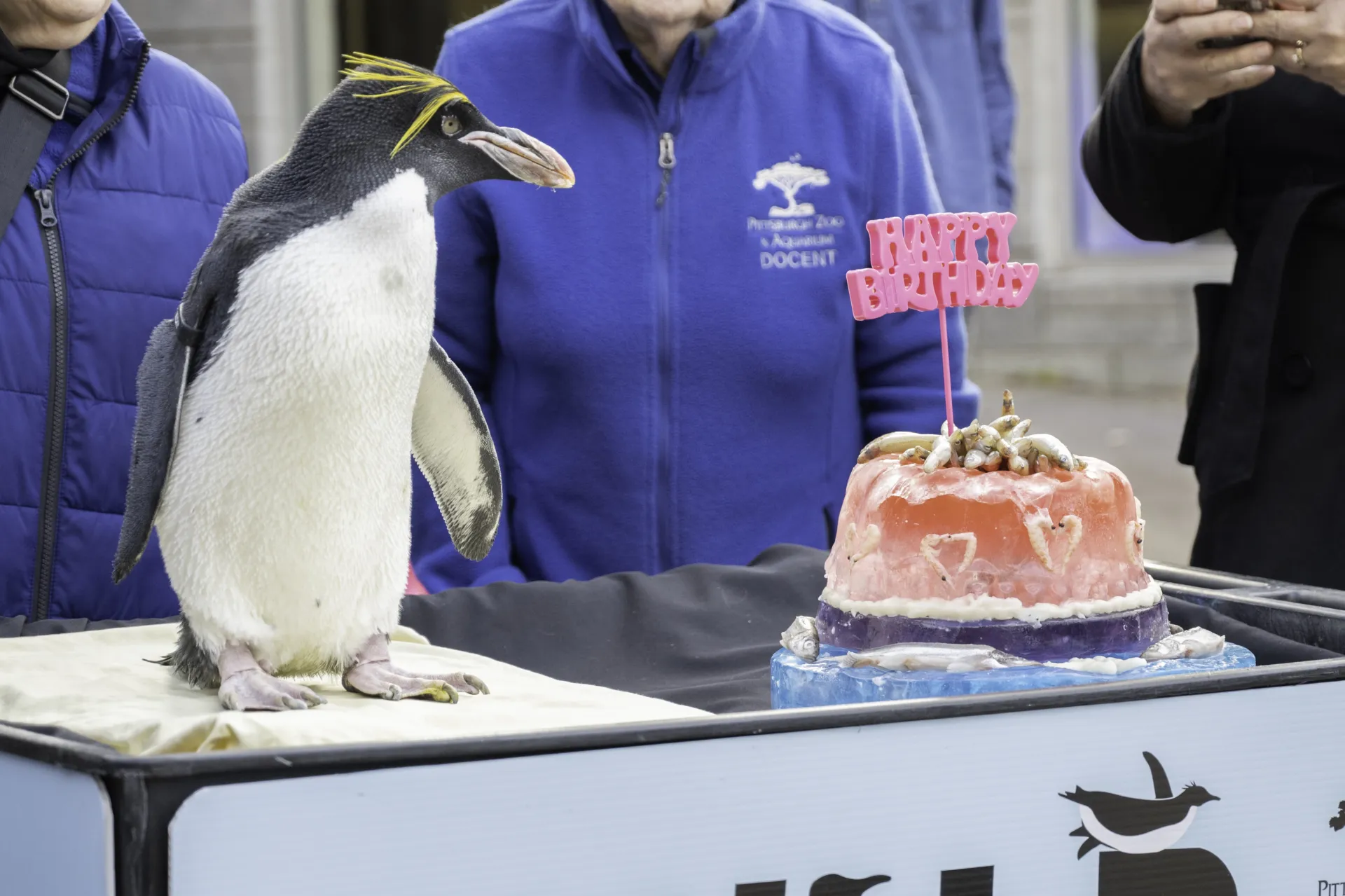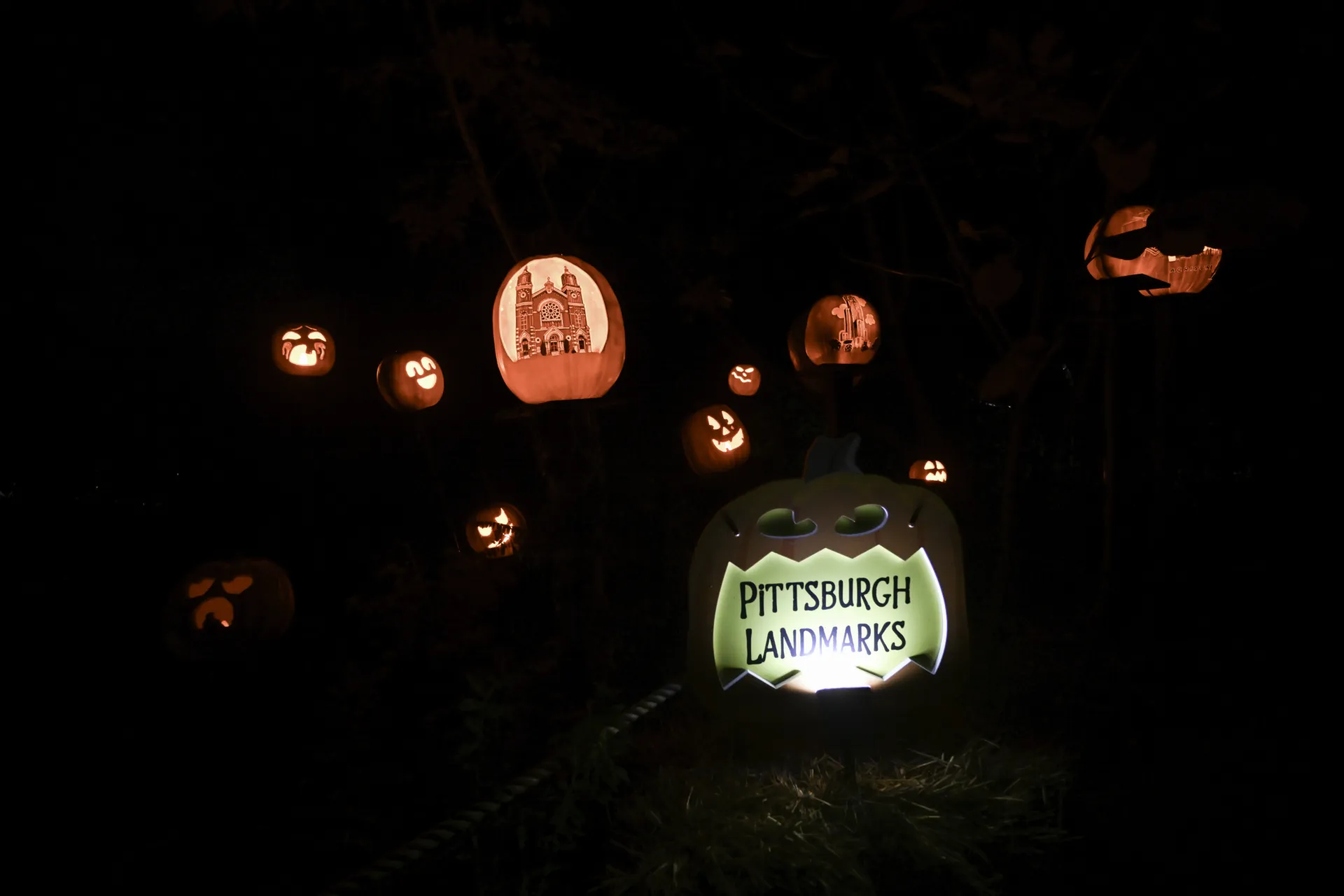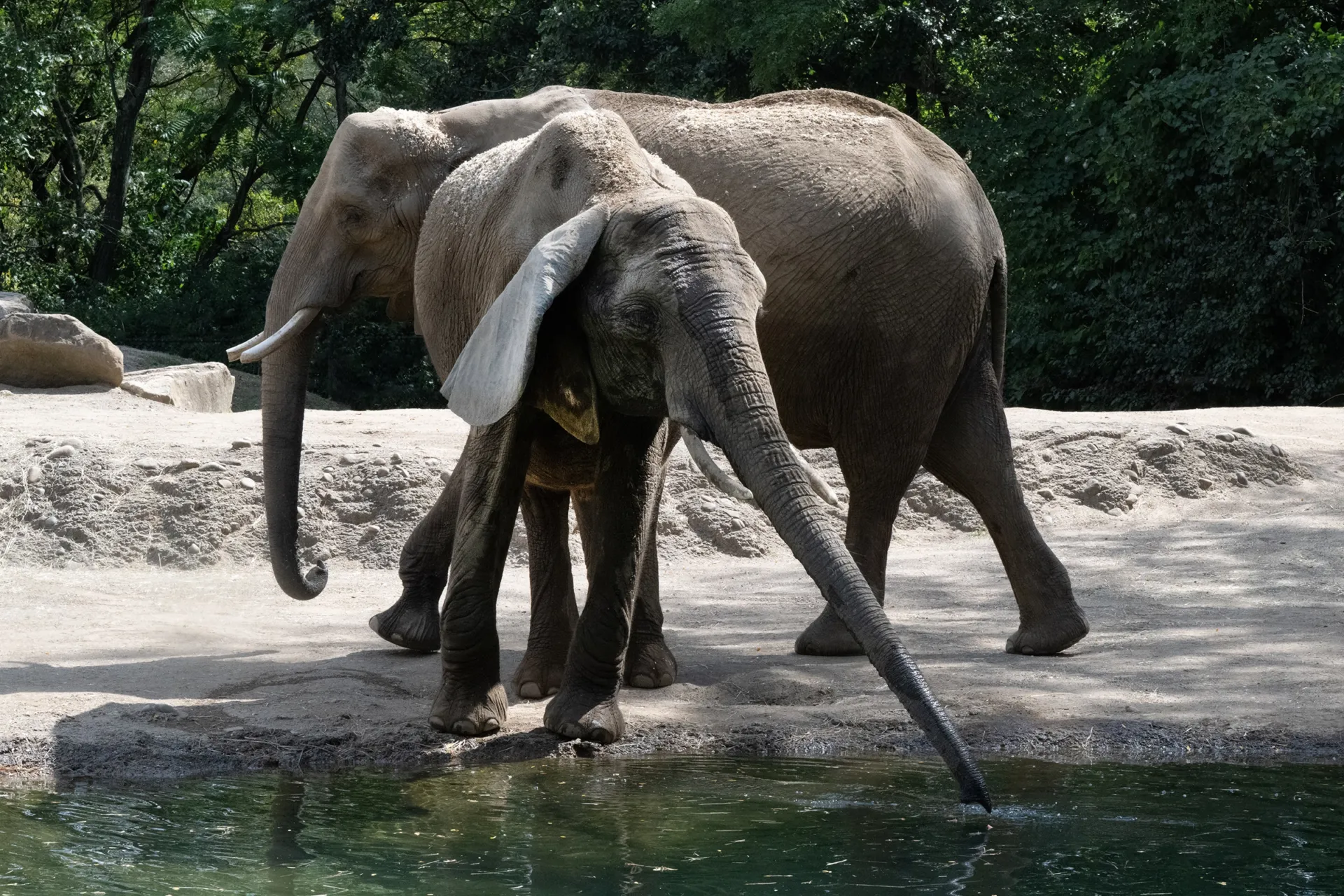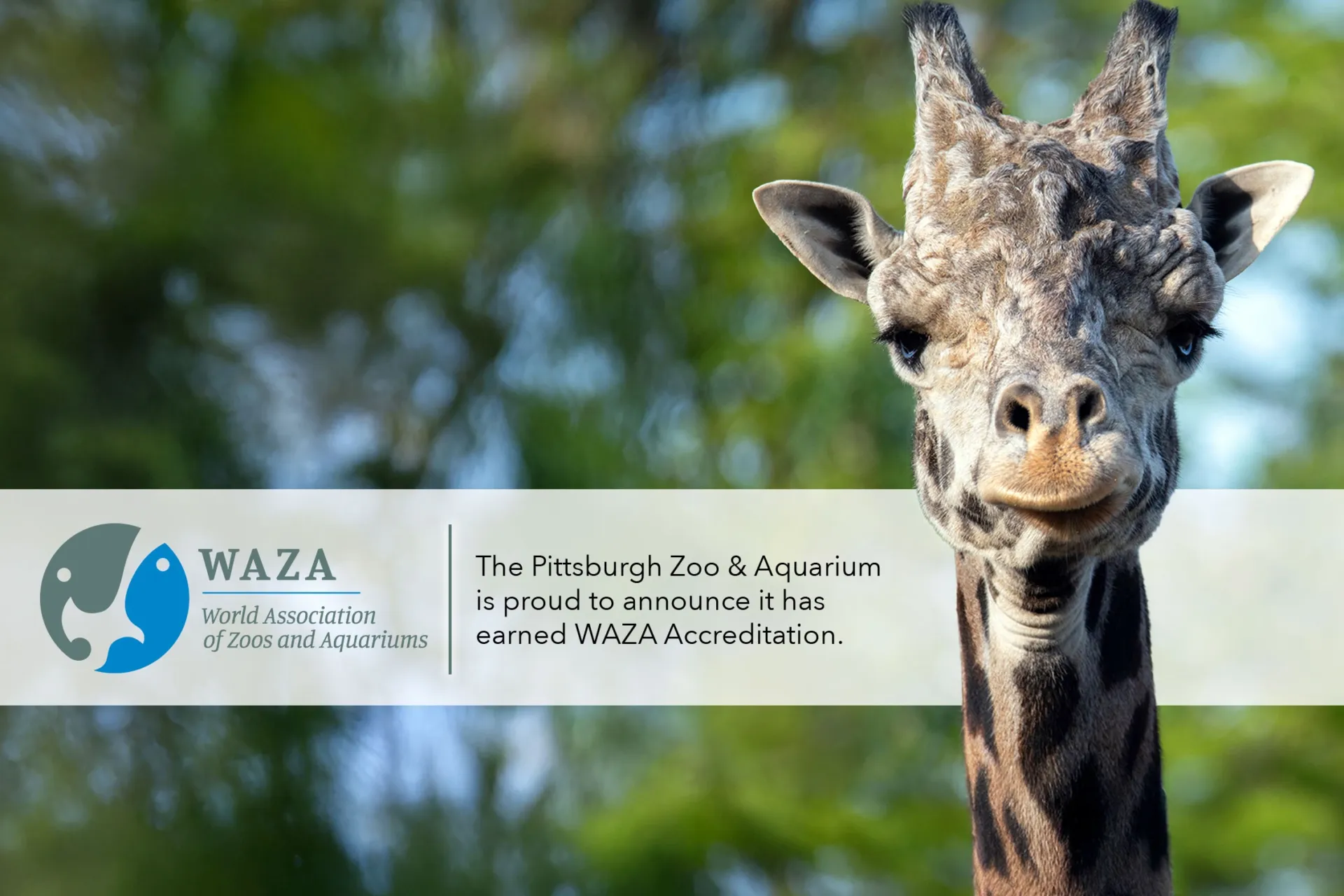Replanting Pittsburgh’s Urban Forest for Wildlife and Climate Resilience
By Shafkat Khan, Director of Conservation
May 30, 2025
On April 29, we experienced a powerful windstorm in Pittsburgh and Southwest Pennsylvania, toppling power lines, damaging homes, and felling hundreds of mature trees across the region. This unusual weather pattern caused suffering for city residents — humans and nonhumans alike. In neighborhoods from Squirrel Hill to the North Side, residents woke to find decades-old oaks and maples uprooted or splintered by the force of the storm.
The damage to the region’s canopy brought suffering for the people in the region—from losing power for a few days to property damage, and in some cases, loss of lives. Amid all these drastic impacts, sometimes the benefits tree canopies can provide and how we can responsibly manage the tree canopy feels less immediate. But as painful as this moment is, it also presents a rare opportunity: to replant with intention, using lessons from the past to grow a healthier, more resilient urban forest for the future.
The mature trees in cities and urban areas provide shade, beauty, and identity to our streets and neighborhoods. More importantly, they provide essential ecological services—storing carbon, absorbing stormwater, filtering air pollutants, and offering food and shelter to birds, pollinators, and countless other wildlife species.
A Chance to Replant with Purpose
Urban trees are not just decorations — they are infrastructure. As Pittsburgh faces more frequent extreme weather due to climate change, the role of trees in mitigating heat, buffering wind, and managing stormwater becomes even more critical.
The loss of canopy on April 29 offers homeowners, neighborhood groups, and city planners a unique chance to reimagine what gets planted in place of those downed giants. Rather than rush to replace tree-for-tree, we should think strategically about which species are most beneficial for wildlife, best suited to Pittsburgh’s changing climate, and appropriate to the specific site where they will grow.
Native trees like native plums and cherries (Prunus spp.), oaks (Quercus spp.), Birches (Betula spp.) and maples (Acer spp.) offer invaluable habitats (food and shelter) for local wildlife than common ornamental species. In this case, we are not thinking about white tailed deer (although they are important wildlife for the region!), but hundreds of species of caterpillars (butterflies, moths) and other insects that feed birds and small mammals. Native insects need native plants as food because they often are evolutionarily linked to their host plants. Oaks alone support hundreds of species of moths and butterflies, forming the base of a vibrant food web. On the other hand, non-native or purely ornamental trees do not provide food and habitat to native wildlife in this way. The native trees also tend to be better adapted to local soil and water conditions, and many can withstand Pittsburgh’s increasingly erratic weather.
Check out these two databases that show wildlife benefits of different tree species in our region:
Bird-Friendly Native Plants Finder
(article continues below ⇓)
Right Tree, Right Place
One of the key lessons from this storm is the importance of matching tree species to the size of the lot and the characteristics of the site. Many of the trees that fell were likely planted decades ago without a full understanding of their mature size or the impact of compacted soils, overhead wires, and limited rooting space (such as in the right-of-way or street sides).
Planting the right tree in the right place is not just about aesthetics — it is about long-term survival. Small front yards may be better suited to understory species like redbud or native dogwood, while larger backyards, parks and public rights-of-way can accommodate larger canopy trees such as oaks. Investing in proper tree care—from the moment of species and site selection to continued care through routine maintenance by a certified arborist can prolong the life of a tree and reduce hazard risks. The Pittsburgh Zoo & Aquarium partners with Tree Pittsburgh, a local conservation organization focusing on urban tree planting, care, and education. Tree Pittsburgh offers a Tree Tender Certification program throughout the year to educate the public on tree biology, pests and disease, pruning, tree care, tree identification, and the many benefits and environmental services that trees provide: www.treepittsburgh.org/programs/tree-tenders-volunteer-program
Caring for the Trees We Still Have
Finally, this storm was a stark reminder of the importance of maintaining the trees we already have. Mature trees, especially those in compacted urban soils, need regular care—pruning, soil decompaction, and watering during droughts—to remain healthy and resilient. A neglected tree is far more likely to fail in a windstorm, putting property and people at risk.
City agencies and private landowners alike must treat tree maintenance as a critical investment in public safety, environmental health, and climate adaptation. Programs that provide technical assistance or incentives for tree care—especially for low-income homeowners—can help preserve Pittsburgh’s canopy across all neighborhoods. Every fall and spring, Tree Pittsburgh’s Adoption Program provides trees and shrubs at no cost for residents throughout Allegheny County, taking many factors into consideration when choosing which trees to offer each season. All adoption trees and shrubs are grown at their heritage nursery. They grow native species as well as some non-native species that, with the changing climate (as well as new pests and diseases), will also thrive in our region: www.treepittsburgh.org/programs/tree-adoption
Consider leaving some damaged trees as wildlife trees. Snags, or standing dead trees, are crucial for wildlife habitat, providing shelter, food sources, and nesting sites for numerous species (see link for more: Arborist_and_Wildlife_2018_02.pdf). They offer benefits like nesting cavities for birds, roosting sites for mammals, and hunting perches for raptors. Additionally, the decomposition of snags contributes to soil contributes to soil health and nutrient cycling, further benefiting the ecosystem.
The Zoo’s local conservation projects, in collaboration with regional partners like Tree Pittsburgh, are transforming landscapes into habitats that benefit animals and humans alike! You can help support this and all the Zoo’s education and conservation efforts with a donation at Pittsburgh Zoo & Aquarium.

Tree Pittsburgh adoption event





